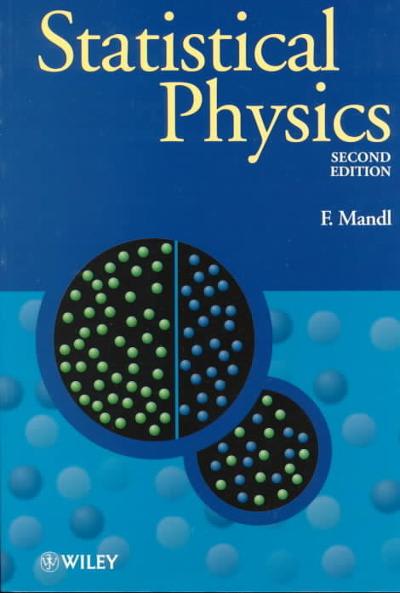Question
Instructions: Your task is to develop a model in response to the prompts in the questions below. Be sure to apply a model from this
Instructions: Your task is to develop a model in response to the prompts in the questions below. Be sure to apply a model from this class and include the relevant diagram(s) for that model. And don't forget to use the Claim, Evidence, Reasoning framework to present your solution.
Phenomenon: Docking a Rocket
(All velocities in the below problem are defined with respect to a space station. In other words, the space station begins the problem stationary, with zero velocity.)
Part 1:A 10,000kg spaceship moving towards the left at a speed of 10 m/s, about to coast past a space station. In order to dock with the space station, the ship has to instead approach the space station with a velocity of 5 m/s pointed directly upwards. The spaceship changes course by firing its rockets for a 20 second duration.
Big Question: What is the force that the spaceship's rockets need to provide, in order to put the spaceship on the correct docking trajectory? (Give your answer in either vector-component form or column-vector form. You do not need to calculate any angles.)
Use what you've learned in PHYS 2A so far to analyze the rocket scenario.
- You probably want to use graph paper, or if you are working electronically, you can cut-and-paste the one on the next page, below.
- It may help to draw physical scenario diagram(s), object interaction diagram(s), and force diagram(s). These are not required
- Draw as many complete Momentum Chart(s) as necessary to model the scenario including a written justification as to why the physical system is open / closed
- Identify relevant vectors; set up and show one or more equations for any vectors you would like to know. Be sure to explicitly show any graphical and algebraic vector operations you carry out using the representations we've used in Discussion Lab.
- Answer the Big Question (or, explain how you would use the solution to your equation to answer the Big Question if you don't have time to do the algebra)
Part 2: After the maneuver described in part 1, the rocketship does not want to fire any more engines, for fear of damaging the space station. Instead, the ship simply collides with the 80,000kg space station. During the collision, the docking clamps link the spaceship to the station.
Big Question: What is the resulting velocity of the space station, after the collision? (Give magnitude and direction.)
Use what you've learned in PHYS 2A so far to analyze the rocket scenario.
- You probably want to use graph paper, or if you are working electronically, you can cut-and-paste the one on the next page, below.
- It may help to draw physical scenario diagram(s), object interaction diagram(s), and force diagram(s). These are not required
- Draw as many complete Momentum Chart(s) as necessary to model the scenario including a written justification as to why the physical system is open / closed
- Identify relevant vectors; set up and show one or more equations for any vectors you would like to know. Be sure to explicitly show any graphical and algebraic vector operations you carry out using the representations we've used in Discussion Lab.
- Answer the Big Question (or, explain how you would use the solution to your equation to answer the Big Question if you don't have time to do the algebra)
Reminder: Use the Claim, Evidence, Reasoning framework to present your solutions. This means using a model from class including relevant, completediagram(s)and explicitly writing out your reasoning.
Step by Step Solution
There are 3 Steps involved in it
Step: 1

Get Instant Access to Expert-Tailored Solutions
See step-by-step solutions with expert insights and AI powered tools for academic success
Step: 2

Step: 3

Ace Your Homework with AI
Get the answers you need in no time with our AI-driven, step-by-step assistance
Get Started


